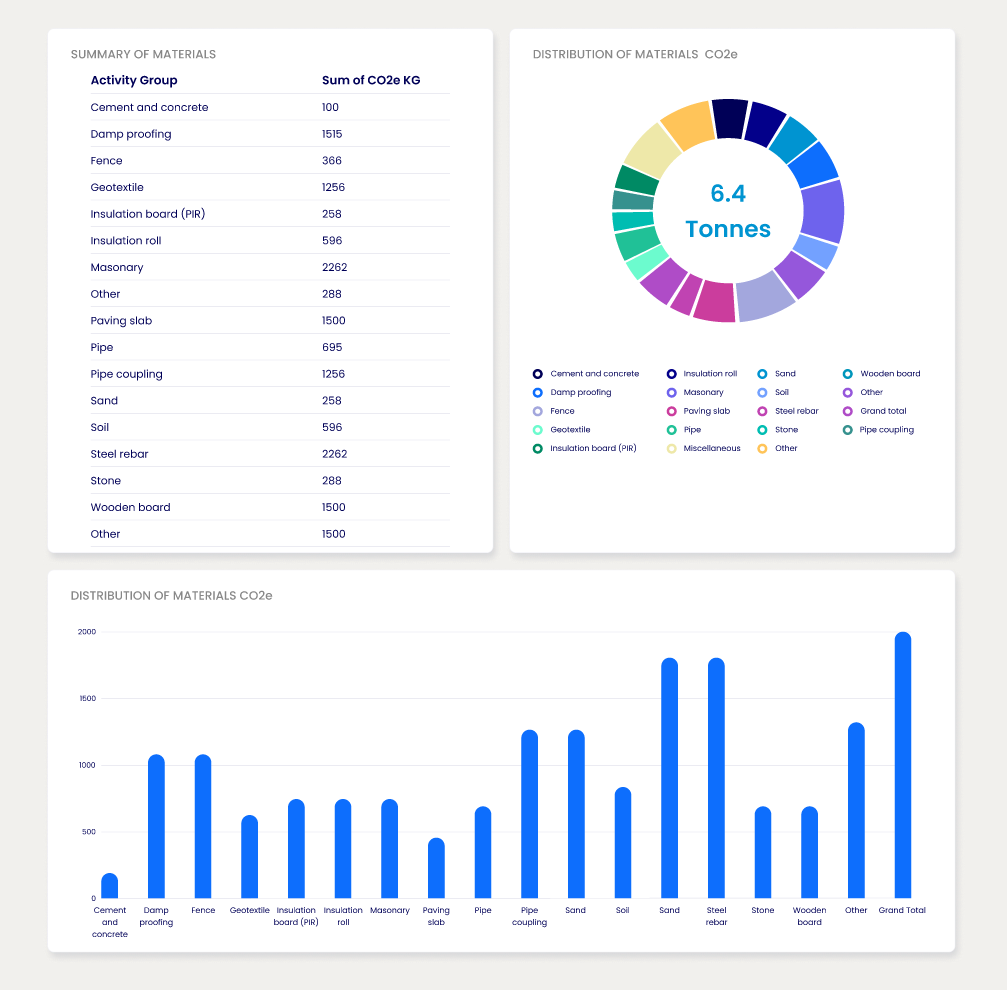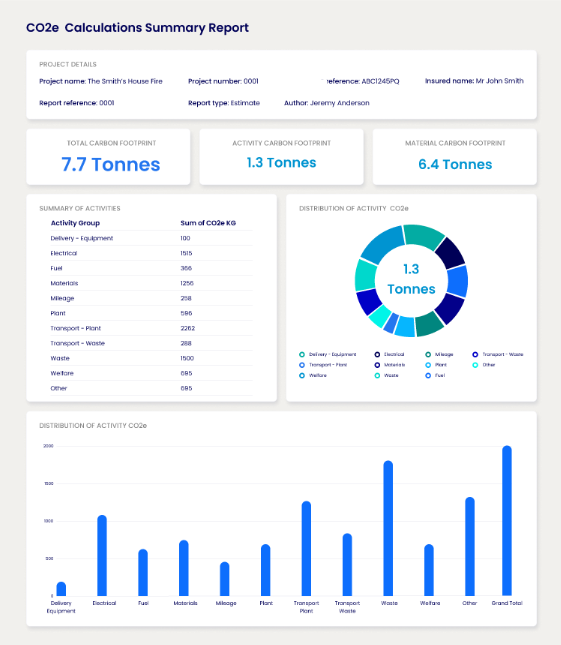Henry Waite, Managing Director of Blue Marble looks at strategies to reduce supply chain emissions
Understanding and reducing supply chain emissions is fundamental to any Net Zero plan. There are systems available to help tackle this, particularly with services and product supply but currently many ‘one off ’ projects engaged through the procurement process are falling through the gaps.
All large corporations, PLC’s and government bodies have published Net Zero ambitions. We are now into the implementation stage of these strategies and action is being taken. The low-hanging fruit of emissions reduction is being picked now, with the journey ramping up with challenges on the route to Net Zero.
Amongst these challenges is understanding and reducing supply chain emissions, the ‘scope 3’s.’ Much of these emissions can be outside of the direct control of an organisation, but not necessarily something they can’t significantly influence or at least accurately account for.
A Net Zero Plan is made up of multiple challenges
A Net Zero Plan is made up of multiple challenges and requires universal buy-in from the supply chain over time. One gaping hole in these ambitions is the available data and reduction opportunities with one-time ‘Projects’ and ‘Events’. While a tender process may demand data about the counterparty, contractor or supplier, the project itself may lack emissions data.
If for example, the NHS has put out to tender a contract for the refurbishment of a canteen. They will insist the contractor is aligned with the NHS Net Zero ambition, and that the contractor is accounting for their own emissions. However, the project itself may remain unaccounted for. In this scenario, it would be very beneficial for the NHS to understand the emissions impact of the Project itself, so it can be accurately accounted for and potentially altered to reduce the carbon emissions.
If you extend this exercise to all contractors and suppliers of government bodies, they would be able to account for all projects and events as having at least accurate emissions data. To take it a step further, if the contractor offsets these emissions, these bodies would be able to account for the project having Zero emissions.
The Net Zero journey
This would advance the Net Zero agenda considerably, marking a significant achievement in understanding and reducing Scope 3, supply chain emissions. Suppliers could then be selected with the emission for the contract considered amongst other factors like price etc.
Subsequently, the contractor will be able to analyse the data and engage on their own Net Zero journey by reducing the emissions over time. This is the Net Zero plan in action.
The scenario is now a reality with the introduction of a tool that accurately accounts for the CO2 emissions in any project or event.
The tool will output the following:
• An accurate carbon footprint of a project.
• Insights of exactly where the carbon intensity lies within the activities and products within the project.
• Analysis of the ‘hot spots’, using market and sector comparables, giving data and advice on how the emissions of the project can be reduced.
• Allow the user to accurately account for all project-based emissions as part of their integration into the Net Zero Supply Chain.
• Allow, at the touch of a button, the project to be offset and certified Carbon Neutral, which increases competitiveness, and importantly fits within the deeper requirements of a Net Zero plan.
• Provide the project financiers with accurate carbon data for the deployment of funds, allowing their Net Zero reporting to be far more accurate.

The process of decarbonising the supply chain
The tool is set up with the ‘clients’ parameters and reporting requirements. The analytics are calibrated to provide the relevant emissions for their own data requirements. This is the ‘white labelling’ part of the setup. The client then issues a policy to all suppliers the tool is to be used in the tender or quoting process to provide an estimate of carbon emissions associated with that particular contract.
Once a contractor is appointed, they can reconcile the actual carbon footprint of the project on completion. At this point, the contractor has the option to offset the emissions and handover Carbon Neutral certification of the project.
The data contained within these projects is very valuable for the reduction plans. The contractors can assemble the component parts of a contract making low carbon choices, ensuring constant improvement in emissions reduction over time.

The principles of the tool are to provide a low-cost, accurate and accessible method of understanding and reducing the impact of projects and events in the supply chain.
The tool is run by the established environmental advisory; Blue Marble. Blue Marble are experts in Carbon management within the supply chain. Blue Marble have a dedicated team of environmental consultants on hand to support the use of Project Impact, which is currently in use across various sectors. Blue Marble ensure support for the users and the client. The tool is itself is actively managed and constantly improved with updated emissions factors and data.
All in enquiries; projectimpact@blue-marble.co.uk or 01392 691351

This work is licensed under Creative Commons Attribution-NonCommercial-NoDerivatives 4.0 International.











